Top 9 Rock Festivals
This week Classic Rock Review joins the celebration of the 45th Anniversary of the historic 1969 Woodstock Music Festival. In conjunction with Top 9 Lists, we present a list of the Top 9 […]

This week Classic Rock Review joins the celebration of the 45th Anniversary of the historic 1969 Woodstock Music Festival. In conjunction with Top 9 Lists, we present a list of the Top 9 […]
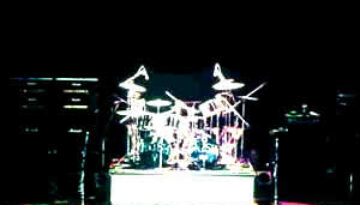
We pretty much cover studio albums exclusively at Classic Rock Review and will continue to do so with the exception of the few studio/live hybrids that we explore later in this article. […]
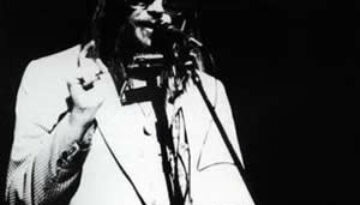
Buy Tonight’s the Night During an era of glam rock and progressive virtuoso, Neil Young delivered a raw and genuine record with Tonight’s the Night. Although released in mid 1975, the music on […]
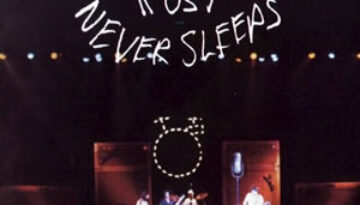
Buy Rust Never Sleeps Rust Never Sleeps was a unique recording by Neil Young and Crazy Horse as it was an album of all new material mainly recorded live but post-produced with some studio […]
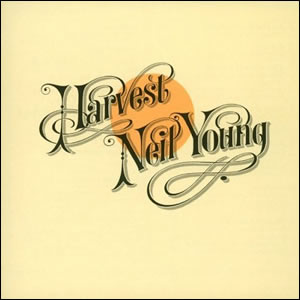
Buy Harvest Harvest is an album of Americana personified by Neil Young. It is where rock and roll goes to Nashville (literally), with simple and tight rhythms and subtle acoustic guitars are flavored […]

Buy Harvest Moon It may be a bit controversial to name a decidedly “retro” album as the album of the year for any particular year. Many rock fans who reflect back on the […]
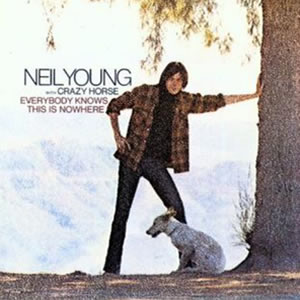
Buy Everybody Knows This is Nowhere Neil Young‘s second solo record, Everybody Knows This Is Nowhere, was the first of his string of classics. Released in May 1969, this album was also the […]
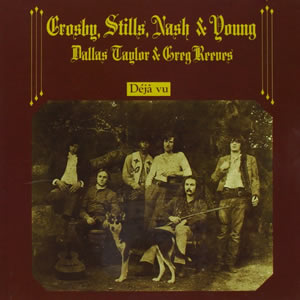
Buy Déjà Vu Déjà Vu is the sophomore effort by the super group with the expanded name of Crosby, Stills, Nash & Young, after the addition of Neil Young to the group. Each […]
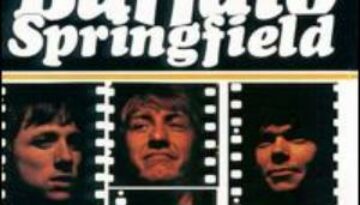
Buy Buffalo Springfield Buffalo Springfield was a very unique rock band. On the one hand, they were loaded with young talent who played together for a very short time in the late sixties […]
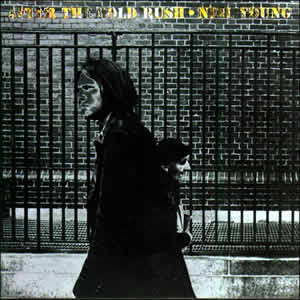
Buy After the Gold Rush For his third studio album, Neil Young embraced the Country/rock fusion style for which he would become best known. After the Gold Rush is a moderate to slow […]